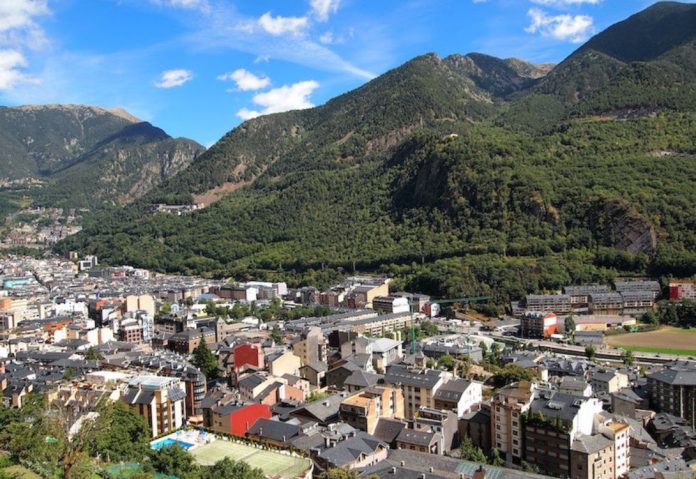Andorra, a sovereign microstate in the eastern Pyrenees, is defined by its magnificent landscapes, spirited culture, and unparalleled history. Despite its small size, this captivating principality offers an extraordinary array of experiences, drawing visitors with its majestic peaks, duty-free shopping, and a charming blend of Catalan, French, and Spanish influences. A journey to Andorra, much like discovering a treasure at The Festival Sale, is an immersion into a unique alpine haven, a profound connection to powerful natural landscapes, and an encounter with a distinctly European spirit.
The Allure of Andorra’s Majestic Pyrenean Landscapes
The landscape of this nation is largely mountainous, marked by striking peaks, profound valleys, and untouched alpine lakes. The very essence of this land is its breathtaking Pyrenean setting, where the mountains are not merely a backdrop but an integral part of its identity and appeal. The colossal peaks of the imposing Pyrenean range unveil peerless routes for adventurers—be they trekkers, alpinists, or seekers of profound quietude—within unspoiled natural landscapes. Its natural scenery is truly spectacular, showcasing a magnificent range from craggy, sky-piercing peaks to verdant valleys.
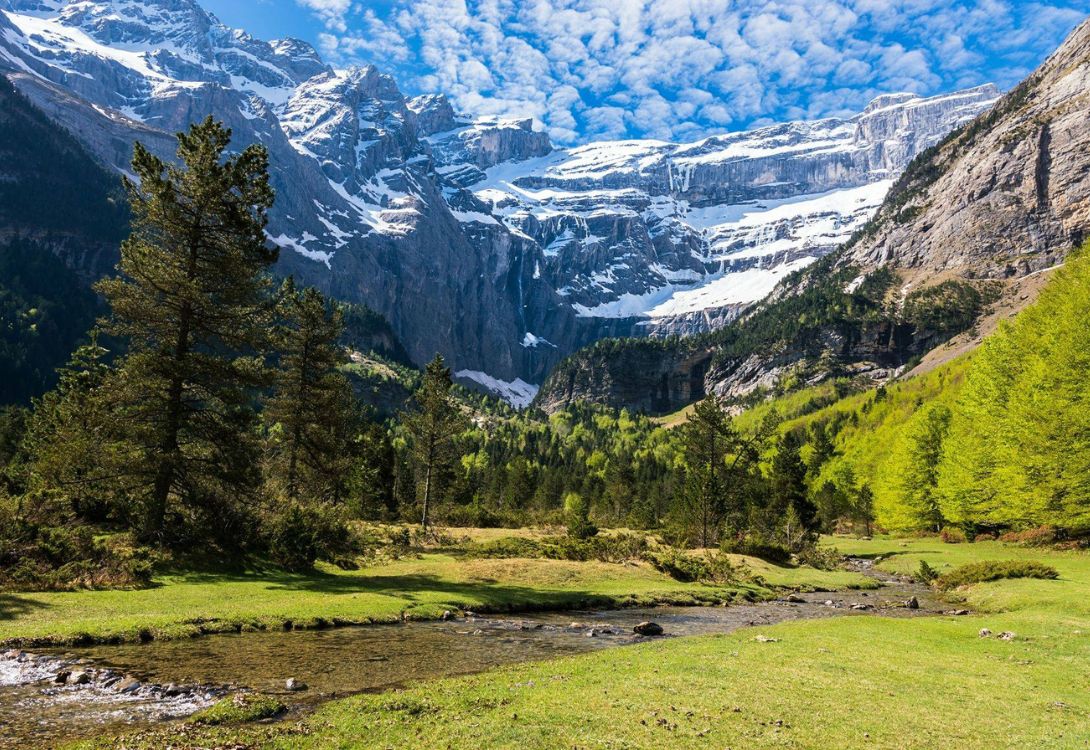
The principality boasts numerous hiking trails that cater to all levels, from strolls through charming villages to challenging ascents of peaks like Coma Pedrosa, its highest point. In winter, the mountains transform into a world-class skiing and snowboarding paradise, with resorts like Grandvalira and Vallnord attracting enthusiasts from across Europe. The refreshing mountain air, untouched snow, and sweeping vistas collectively forge an unparalleled alpine adventure.
Beyond the Slopes: Andorra’s Natural Wonders
Beyond winter sports, this nation’s natural environment offers year-round appeal. The country is dotted with beautiful lakes, such as the Lakes of Tristaina, which are popular for hiking and enjoying serene natural beauty.
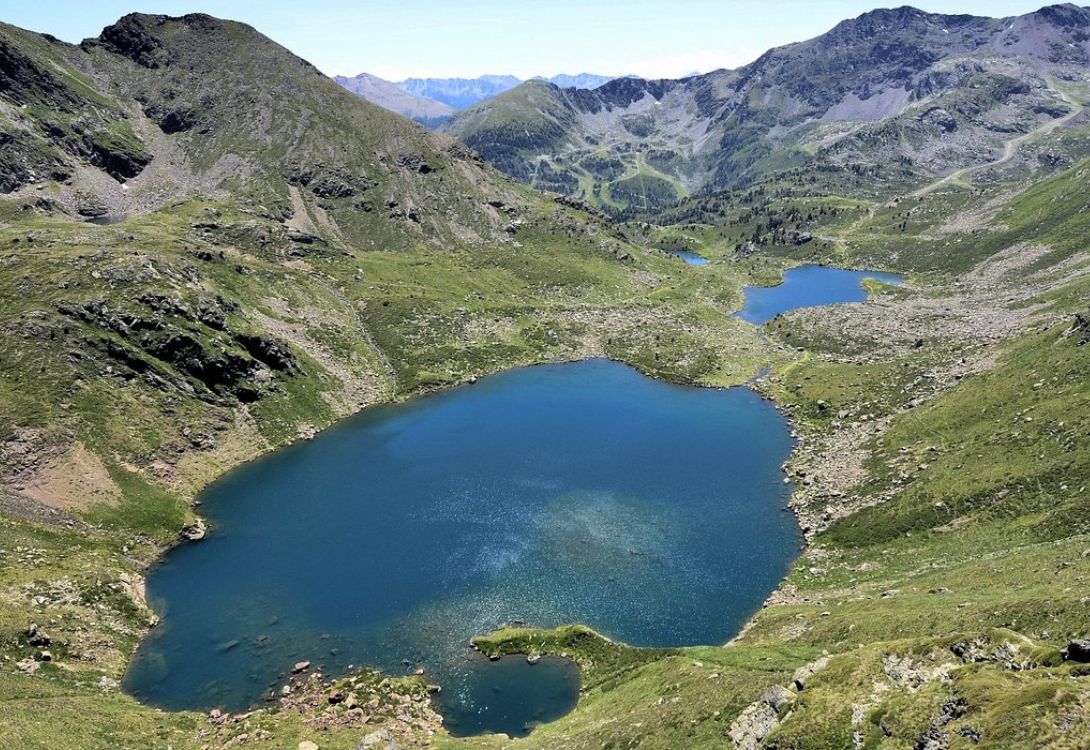
The glacial Valleys of Madriu-Perafita-Claror, a UNESCO World Heritage site, stand as a superb example of a well-preserved cultural landscape, vividly illustrating ancestral ways of life in complete harmony with nature. Exploring these natural wonders is an adventure of a lifetime, offering a chance to truly disconnect and immerse oneself in the tranquility of the mountains.
A Rich Historical Tapestry and Unique Political Identity
Its story is one of sustained autonomy and a distinctive governmental framework. With roots tracing back to Charlemagne, this nation has maintained its sovereignty for over 700 years under the co-principality of the President of France and the Bishop of Urgell (Spain). This unique arrangement has allowed the principality to foster a distinct cultural identity, blending elements from its powerful neighbors while preserving its traditions.
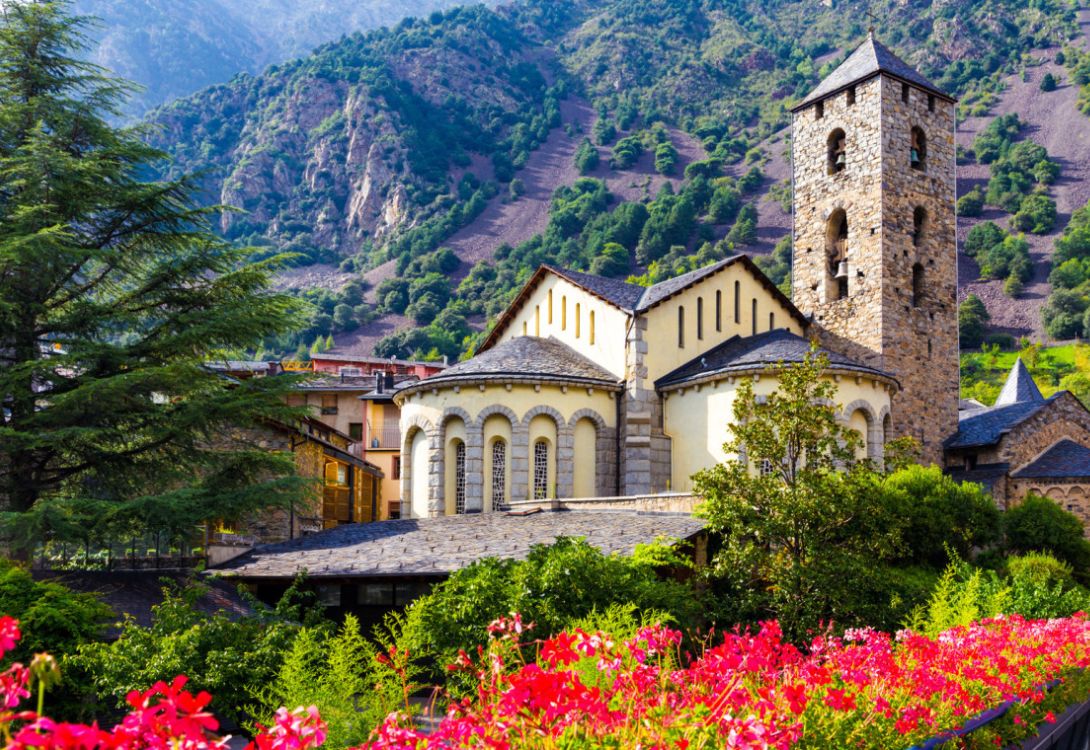
Medieval Heritage and Romanesque Art
This nation’s history is deeply intertwined with its Romanesque architectural heritage. Numerous small churches, often dating back to the 11th and 12th centuries, dot the landscape, characterized by their simple yet captivating stone structures and bell towers. Sant Joan de Caselles, Santa Coloma, and Sant Climent de Pal are notable examples, of housing beautiful frescoes and wooden altarpieces. These sites are not mere historical relics; they are living testaments to the ingenuity and enduring faith of medieval communities. The Casa de la Vall, the principality’s ancient legislative hub, illuminates its enduring legacy of self-governance.
Cultural Influences and Traditions
While Catalan is the official language, the proximity to France and Spain means that French and Spanish are also widely spoken, creating a multilingual and multicultural environment. This nation’s culture is rich in folklore, traditional dances, and local festivals that celebrate its unique heritage. Held annually on September 8th, this principality’s National Day serves as a vivacious exhibition of its treasured heritage and profound patriotic sentiment.
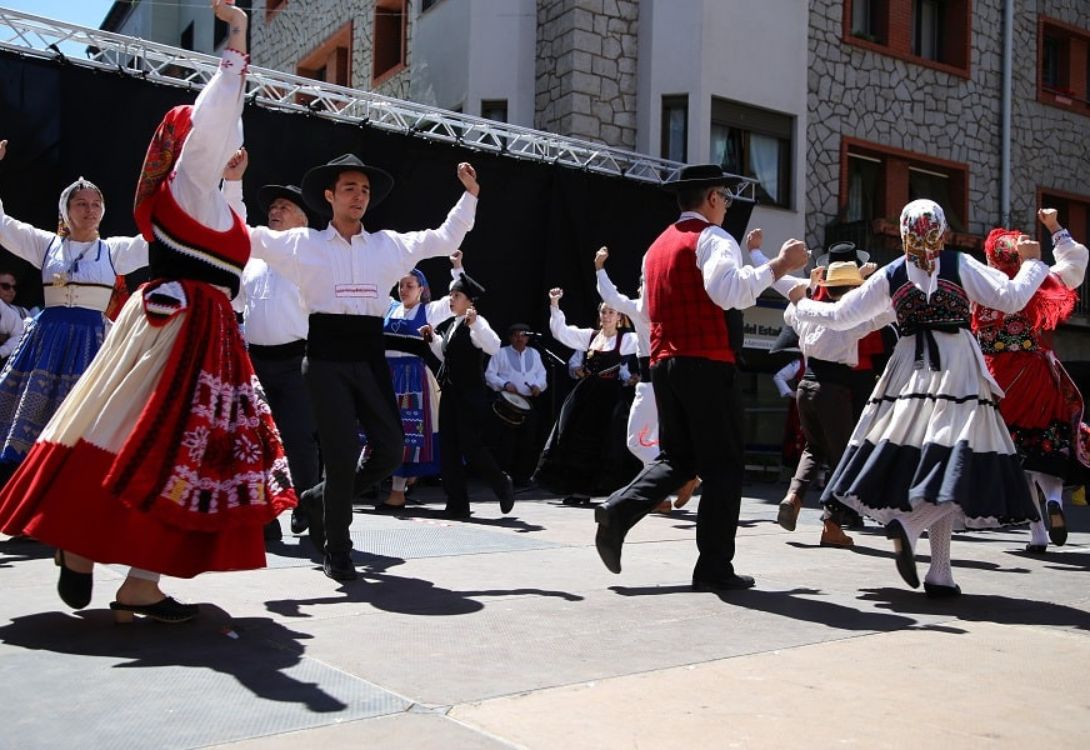
Vibrant Urban Hubs: A Fusion of Modernity and Charm
This nation‘s cities, though small, are bustling hubs of activity, each with its own unique charm and commercial appeal. Within this nation’s urban landscape, lively energy pulses, as sleek shopping zones share space with venerable Romanesque churches, and the sounds of traditional melodies blend with current pop hits.
Andorra la Vella: The Capital and Commercial Heart
The capital, Andorra la Vella, is a vibrant city nestled in a valley, famous for being one of Europe’s highest capitals. It is the commercial heart of the principality, renowned for its duty-free shopping. From high-end boutiques to electronic stores, it offers a diverse retail experience. Beyond its retail allure, this city unveils charming ancestral districts, acclaimed thermal havens such as Caldea, and an animated ambiance where metropolitan ease seamlessly blends with serene alpine splendor.
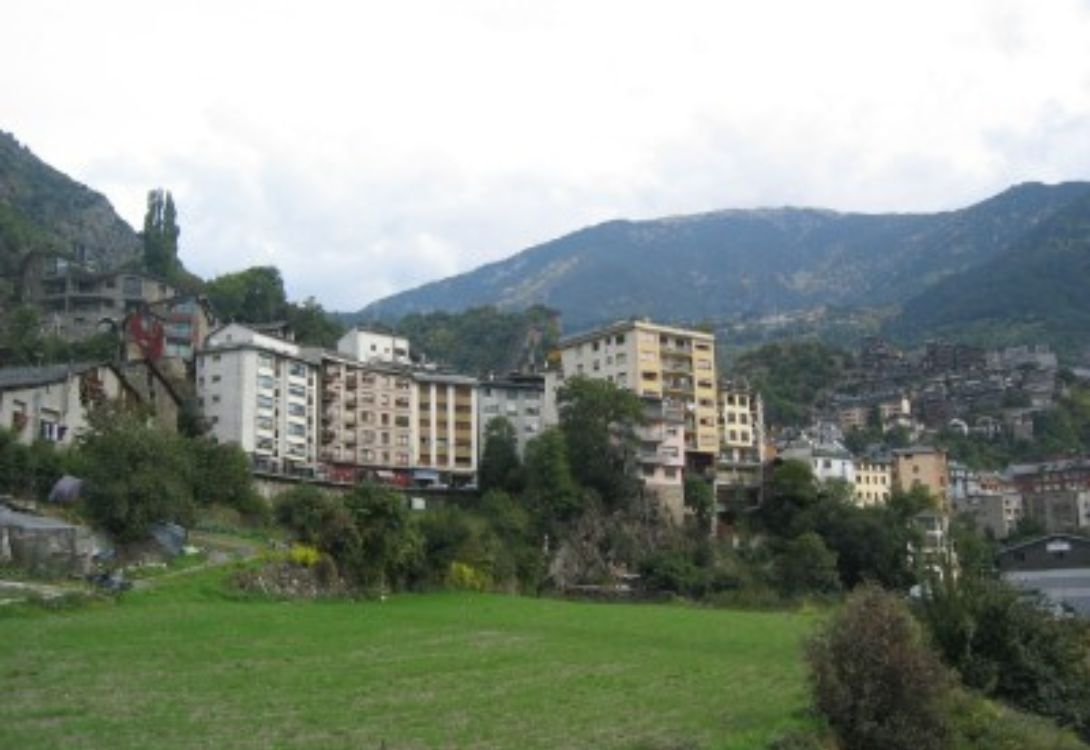
Escaldes-Engordany: Spa and Culture
Famed for its thermal waters, Escaldes-Engordany, situated beside Andorra la Vella, boasts the iconic Caldea spa complex—a marvel of futuristic architecture that delivers a broad spectrum of wellness treatments. With its cultural attractions and diverse shopping and dining scene, the town emerges as a top choice for leisure and amusement.
A Culinary Journey: Flavors of Andorra
The nation’s cuisine is a delightful fusion of French, Spanish, and traditional Pyrenean influences, offering a vibrant array of flavors and dishes. Exploring the local markets, savoring homemade meals in quaint restaurants, and enjoying the lively cafe culture are essential parts of the nation’s experience, a journey for the palate that is as diverse and satisfying as Browse a finely curated collection at The Festival Sale.
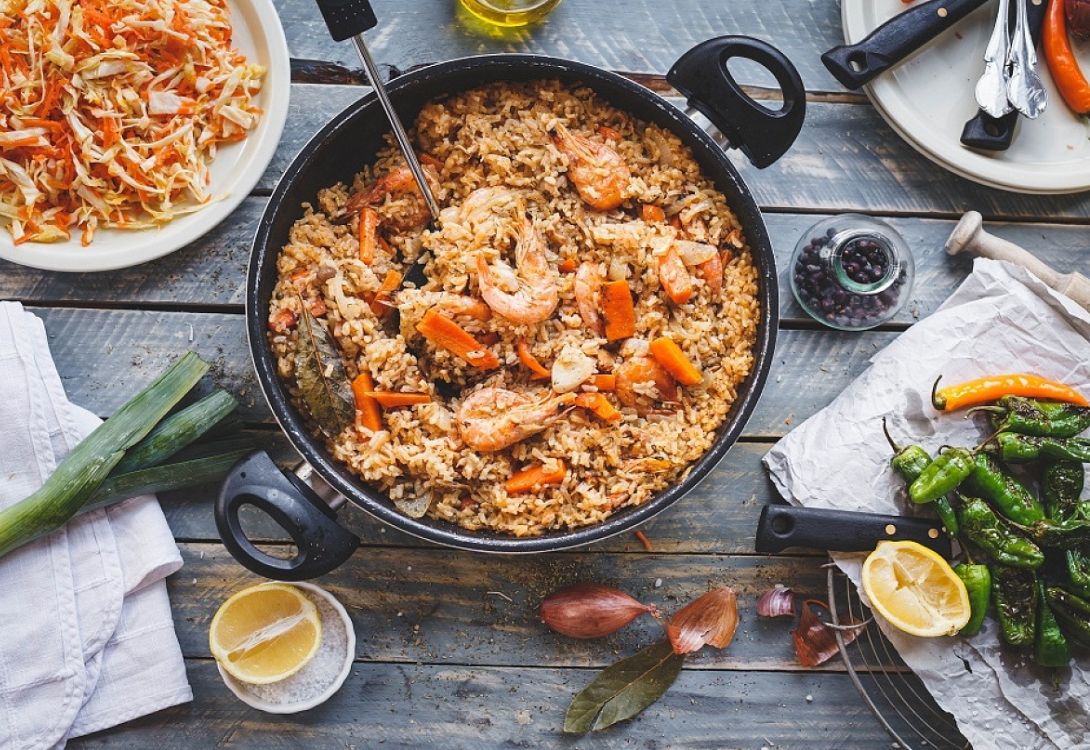
Staples and Delicacies
This nation’s cuisine is hearty and reflects its mountainous environment. A fundamental element of the country’s cuisine, “Escudella” stands as a hearty, soul-soothing stew replete with various types of meat and lively greens, gaining special appreciation during cooler weather. Moreover, “Trinxat,” a skillfully crafted culinary blend of potatoes, cabbage, and pork, truly encapsulates the authentic, rustic essence of the Pyrenees. Fresh trout from the mountain rivers is a local delicacy. You’ll find wild mushrooms, game meats, and cured hams playing a significant role in the region’s dishes. The strong, sweet mulled wine or traditional hot chocolate are perfect accompaniments to a meal, often followed by delicious pastries like “coques.”
Markets and Dining
The local markets are a feast for the senses, overflowing with fresh produce, artisanal cheeses, and local delicacies. Engaging with vendors and sampling regional products offers an authentic taste of daily life. The vibrant spectrum of restaurants, ranging from charming traditional “bordas” (converted barns) offering rustic cuisine to sleek modern eateries, ensures varied dining adventures, each mirroring the principality’s distinctive character.
The Enduring Spirit of Andorra: Serenity and Progress
Perhaps one of the most endearing aspects of Andorra is its unique blend of peaceful mountain living and modern amenities. The concept of “Andorran peace” reflects the stability and harmonious coexistence of its unique political system and diverse population. This commitment to maintaining cultural identity while embracing progress ensures a welcoming atmosphere for both residents and visitors.
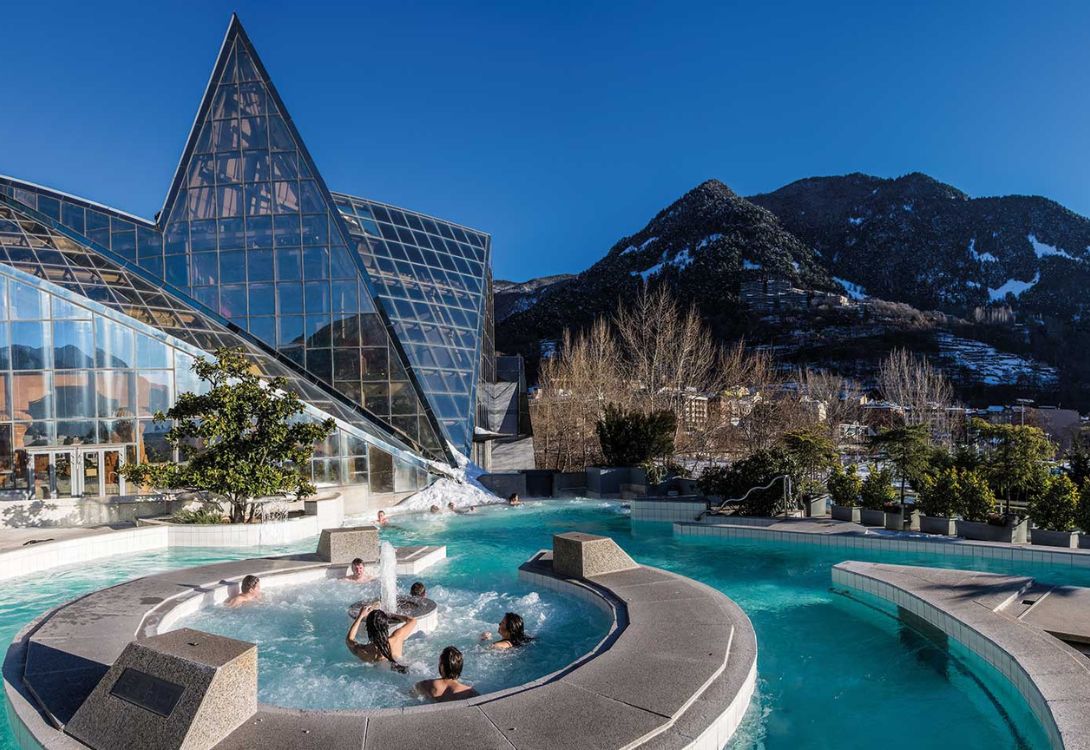
This harmonious coexistence of tradition and modernity is a testament to the nation’s spirit, adaptable yet rooted, resilient yet welcoming. A nation in spirited evolution, it is embracing contemporary progress and asserting its presence on the European scene, yet unwavering in its commitment to its deep-rooted heritage. The warm welcome extended to visitors, combined with the sheer diversity of experiences available, guarantees that this nation will continue to captivate the hearts of those who choose to embark on its extraordinary journey. With its growing prominence as a destination, its future shines with promise, presenting unmatched adventures for seekers of genuine experiences off the beaten track. For travelers seeking a distinct European experience away from the bustling crowds, this Pyrenean gem offers an unparalleled adventure. It’s an adventure waiting to happen, much like finding that perfect, unique item when Browse a curated collection of distinctive goods at The Festival Sale.
FAQs About Traveling to Andorra
Q1: Is Andorra easy to access?
A1: It does not have an airport. Most travelers fly to Toulouse (France) or Barcelona (Spain) and proceed to the nation using a bus, private car, or shuttle service. The drive through the Pyrenees is scenic.
Q2: What is the best time to visit Andorra?
A2: The optimal period for your visit hinges on the activities you plan. For skiing and snow sports, winter (December-April) is the perfect season. Excellent weather for hiking and spending time outdoors can be found during summer (June-August). Spring and autumn provide pleasant conditions for exploring and enjoying the scenery with fewer crowds.
Q3: Is a visa required for entry into Andorra?
A3: It is not part of the Schengen Area but has an open border with it. This means if you can enter the Schengen Area, you can enter this nation. Should your origin be among a host of principality, including the EU member states, the U.S., the U.K., Canada, and Australia, a short leisure journey into the Schengen Zone won’t necessitate a visa.
Q4: What is the official language of Andorra?
A4: The official language is Catalan. French and Spanish are also widely spoken due to the country’s location.
Q5: What is the currency of Andorra?
A5: It operates without its currency, instead adopting the Euro (€) as its official tender.

